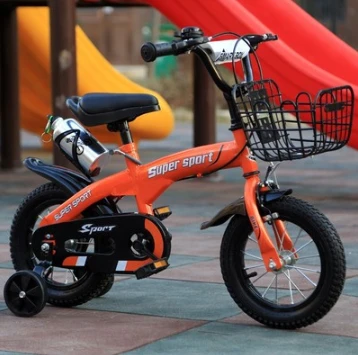Feb . 20, 2025 08:31 Back to list
derailleur on mountain bike


With limit screws set, turn your focus to cable tension. Proper tension allows the derailleur to shift smoothly through the gears. Shift to the smallest sprocket. Without pedaling, click through the gears from smallest to largest. If the chain hesitates to jump to a larger sprocket, the cable tension needs to be increased. If it struggles to drop to a smaller sprocket, decrease the tension. - Use the barrel adjuster to fine-tune the tension. Turn it clockwise to decrease tension and counterclockwise to increase. Aim for crisp and accurate shifts to fine-tune tension to perfection. Establishing Authority Through Consistency Regular maintenance checks establish trustworthiness and authority in your biking gear. Make a habit of checking derailleurs during routine inspections, ideally before each ride. This practice ensures that any minor misalignments are corrected before they become major problems, enhancing performance consistently. Trust in Quality Gear and Tools Using quality tools and components cannot be overstated. Investing in a good set of Allen keys, a derailleur alignment gauge, and top-quality shifter cables will make adjustments smoother, safer, and more reliable. Quality products facilitate longevity and fewer adjustments in the long run. Troubleshooting The Final Key to Confidence Even with precise adjustments, unforeseen issues may arise, such as gear skipping or noises. These symptoms often hint at deeper issues like worn cassette teeth or a damaged chain. Familiarize yourself with how wear and tear manifest in your bike’s performance, and address them promptly. Professional servicing can often be a reliable solution. Ultimately, an adeptly tuned derailleur reaps numerous benefits—smoother rides, prolonged component life, and the perpetual assurance that you are maximizing your mountain bike’s capabilities. Regular tweaking and inspections are not just practices of upkeep but a commitment to mastery over your biking experience.
-
In-Depth Guide to Ebike Frames: Design, Use & Future Trends
NewsNov.25,2025
-
Discover Top E Bike Brand Insights, Specs & Future Trends | Yanline Bike
NewsNov.24,2025
-
Green E Bike – The Future of Sustainable Urban Mobility
NewsNov.24,2025
-
Ruffian eBike: Durable, Efficient Electric Bikes for Modern Mobility
NewsNov.23,2025
-
Comprehensive Guide to the Global E Bike Market and Future Trends
NewsNov.23,2025
-
Understanding Electric Bicycle Range: A Complete Guide for Smarter E-Bike Use
NewsNov.22,2025
-
Ceron Electric Bike – Efficient, Sustainable Urban Mobility Solutions
NewsNov.22,2025




